Spinal Cord Stimulation: How it Works
Spinal Cord Stimulation: How it Works
Published: February 20, 2021
Spinal cord stimulation (SCS) therapy is an interventional treatment that blocks pain signals from reaching the brain. A small device, like that of a pacemaker, is implanted in the body and delivers electrical pulses to the spinal cord. Spinal cord stimulation is an option for those suffering from chronic pain.
What is Spinal Cord Stimulation?
A spinal cord stimulator (SCS) is a small device implanted under the skin. It transmits a mild, low-frequency electrical current to the spinal cord. A small wire transfers the pulse to the nerve fibers. The SCS minimizes pain because the electrical current modifies and masks the pain signals from ever getting to the brain.
Keep in mind that spinal cord stimulation therapy does not eliminate the source of the pain. It merely runs interference with the signal to the brain. What this means is that pain relief can vary depending on the patient. The SCS device produces a slight tingling sensation. It is this sensation that overrides the pain signals. Pain signals travel on the small nerve fibers, whereas the fabricated signals from the SCS travel on larger, more dominant nerve fibers.
The goal of spinal cord stimulation is not to completely erase one’s pain but to provide a significant reduction, sometimes up to 70%. Even the slightest bit of pain relief is helpful to someone suffering from chronic pain. Each patient undergoes a trial to ensure this type of therapy will be useful and reduce their pain prior to receiving a permanent device.
Why is SCS Used?
Neuropathic pain can be treated through the use of a spinal cord stimulator. Neuropathic pain originates from nerve damage. The nerve damage can be caused by injury, accident, or trauma. Patients who are prime candidates for SCS have typically suffered from chronic pain in the lower back, leg, or arm. Commonly, these patients have also had previous surgeries.
More frequently, SCS is being used to avoid back surgery. Other leading causes for receiving SCS therapy are complex regional pain syndrome and peripheral neuropathic pain. Nerve pain that spans beyond damage to the brain and spinal cord, such as from an infection or even amputation or diabetes, is another reason that your physician may recommend SCS.
More recently, SCS therapy is proven to treat several chronic visceral pain types, such as abdominal or pelvic pain.
Spinal cord stimulation therapy is used when other treatment types are ineffective in providing chronic pain relief or if the patient does not want to undergo surgery. Fortunately, there are no pre-existing medical conditions that would prevent someone from receiving this type of therapy. Suppose you have pain caused by a correctable problem (meaning it could be fixed by having surgery or other interventional treatments). In that case, SCS is a viable option for reducing your pain.
SCS therapy is more effective when utilized in the earlier stages of a chronic disease or condition than later when a disability has been established.
SCS therapy reduces these types of pain:
- Failed Back Surgery Syndrome: When initial surgery (or surgeries) have been ineffective in consistently reducing pain.
- Sciatica or Arm Pain: Persistent pain caused by arthritis, spinal stenosis, or extensive nerve damage.
- Complex Regional Pain Syndrome: Severe chronic pain, typically in the hands or feet.
- Arachnoiditis: Painful inflammation and scarring of the protective lining of spinal nerves.
A spinal cord stimulator may reduce other types of pain caused by stump pain, peripheral vascular disease, multiple sclerosis, or a spinal cord injury by using a spinal cord stimulator.
Benefits of Spinal Cord Stimulation
Spinal cord stimulation therapy reduces the number of abnormal pain signals from reaching the brain. However, it also helps the body restore pain-inhibition pathways that are lost. Pain-inhibitory pathways essentially work as a gate-keeper. They control how much pain the brain receives. SCS therapy harnesses the body’s natural pain-relieving chemicals used by nerve fibers to communicate with each other. Not only does this whole process reduce pain, but it increases microcirculation.
Reportedly, 50-70% of patients who are candidates for SCS therapy experience a 50% reduction in pain. An even higher proportion can expect to experience a 30% reduction in pain levels. For many patients who suffer from chronic pain, even the smallest amount of pain relief is a welcomed change. SCS has a profound effect on improving patients’ quality of life who have suffered from long-term chronic pain.

